What Is Radial Shockwave Therapy? A Quick Guide
Are you curious about the benefits of radial shockwave therapy? 1 in 4 Canadians aged 15 and above lives with some form of chronic pain. If you are looking for pain relief, then radial shockwave therapy could be the answer.
Radial shockwave therapy is an effective treatment method that uses high-intensity sound waves. The treatment is quick and effective for patients with ongoing injuries. These ailments can include muscle tension, ligament problems, and other musculoskeletal disorders.
You could experience pain relief days after you visit your physiotherapist. So how does radial shockwave therapy work? And what conditions can it treat?
Here is everything you need to know in this radial shockwave therapy guide.
Radial Shockwave Therapy Explained
Radial shockwave therapy is an FDA-approved treatment method. The treatment uses sound waves to heal tissue and bone-related injuries. A qualified physiotherapist will use an applicator over the area to administer the sound waves and promote healing.
The sound waves cause an inflammation-like response and speed up the body's healing process. Physiotherapists use the most up-to-date techniques when treating their patients. The treatment is always adapting with new devices and techniques.
Healthcare professionals use shockwave therapy in sports medicine, urology, orthopedics, and veterinary medicine. It is an ideal treatment for quick recovery. There is no need for invasive surgery or painkillers.
Radial shockwave therapy can be painful, but the level of discomfort is tolerable.
How Does Radial Shockwave Therapy Work?
People who experience chronic pain get little relief from their injuries. Radial shockwave therapy reduces pain by stimulating blood flow to the area. This causes localized inflammation that sends signals to the body to heal itself. As a result, damaged tissues begin to repair, and there is less pain.
First, the physiotherapist will assess the injured area. This will help them to determine where they should apply the shockwave device. They may do this by applying pressure to locate the patient's pain.
An ultrasound gel is then applied to the area before the physiotherapist moves the device over the injured tissue. The device releases compressed air impulses which convert into sound waves. The sound waves penetrate the skin and injured tissue.
The compressed air impulses help to inhibit the transmission of pain. Each treatment takes around 5-10 minutes per area and takes place once a week. A patient may need at least three treatments before noticing significant pain relief.
The treatment will also come with a physical recovery plan designed by your physiotherapist. Some patients experience mild discomfort and some pain after the first treatment. This is a good indicator that the treatment is working.
Radial shockwave therapy is a non-invasive treatment and requires no anesthesia. Other side effects can include redness, swelling, and hematoma. Most of the side effects that patients experience are mild.
Radial shockwave therapy is not suitable for patients with pacemakers and acute injuries. Search for a "physio near me" to see if you are eligible for treatment.
Benefits of Radial Shockwave Therapy
Radial shockwave therapy is an excellent alternative to surgical treatment. The recovery time is quick, with minimal amounts of discomfort. You can return to your normal daily activities straight after receiving treatment.
Radial shockwave therapy is ideal for patients who experience chronic pain. Chronic pain is pain that lasts longer than 6 weeks. Some of these conditions include:
- Tennis elbow
- Plantar fasciitis
- Jumpers knee
- Shin Splints
- Calcific tendinitis of the shoulder
- Chronic joint pain
- Painful trigger points
Studies have shown that radial shockwave therapy can also benefit lower back pain and spinal issues. Radial shockwave therapy is a successful muscular treatment. There are many other applications for painful muscles, bones, and connective tissue.
Radial Shockwave Therapy Tips
There are several things you can do in this radial shockwave therapy guide to ensure your treatment is successful. First, you should refrain from participating in activities that stress the treated area for at least 24 hours after treatment. You can continue your normal activities as long as they do not involve any strenuous exercises or impact.
Your physiotherapist may provide you with some exercises to complete after your therapy. You can take over-the-counter painkillers following treatment. This can help with any pain and discomfort.
Avoid taking any anti-inflammatory medication as it can interfere with the healing process.
If you find that radial shockwave therapy does not help with your back pain, then you may like to try spinal decompression therapy. You may experience pain for many weeks after your treatment. Keep in touch with your physiotherapist if you have any concerns.
You should avoid icing the treated area after you receive radial shockwave therapy. Using ice to ease pain and inflammation will be counterproductive to the treatment. Instead, speak to your physiotherapist if you are struggling with pain after treatment.
Take the First Step to Recovery Today
If you are looking for solutions to chronic pain, then radial shockwave therapy could help. This non-invasive therapy could help relieve pain and help your body to recover. Find a physiotherapist who can assess your needs and schedule your first appointment.
Make sure that you follow radial shockwave therapy advice after your treatment. This will ensure that you experience the most benefit. Also, patients should avoid anti-inflammatory medications and strenuous exercise following treatment.
Instead of searching for a "physiotherapist near me," why not head straight to Awesome Physiotherapy Of Richmond Hill (formerly Philip Naiman Physiotherapy) in Richmond Hill, Ontario? The expert team can assist you with your physical rehabilitation and wellbeing.

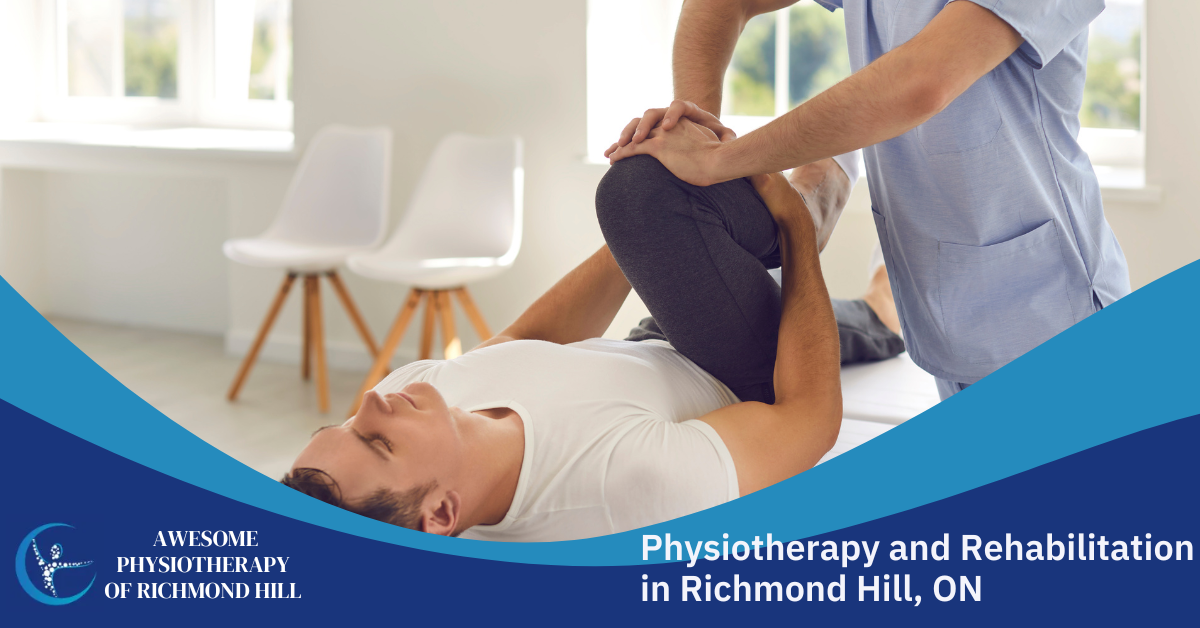

How Physiotherapy Can Help You Recover Faster: A Guide to Physiotherapy Centers In Richmond Hill, ON
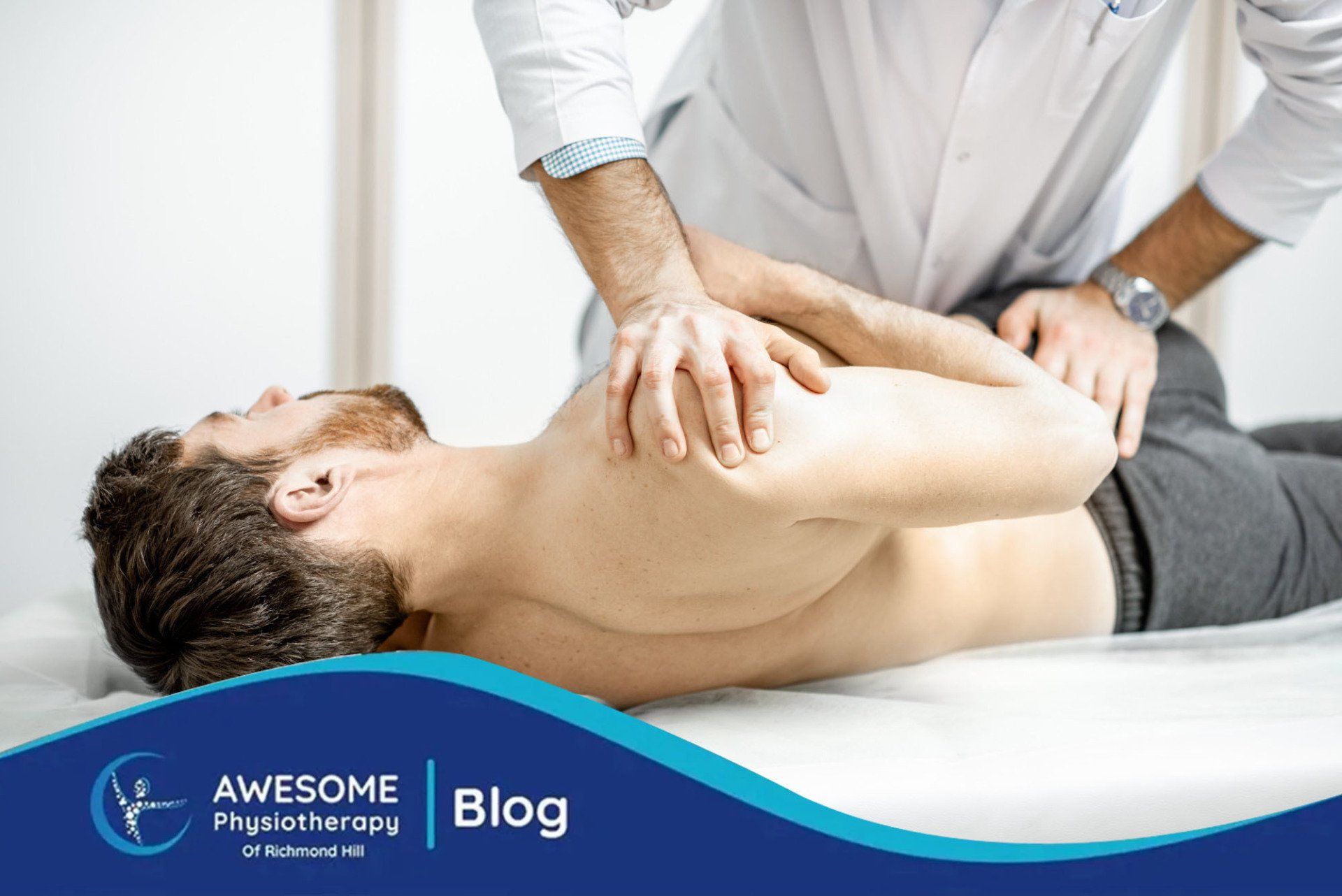
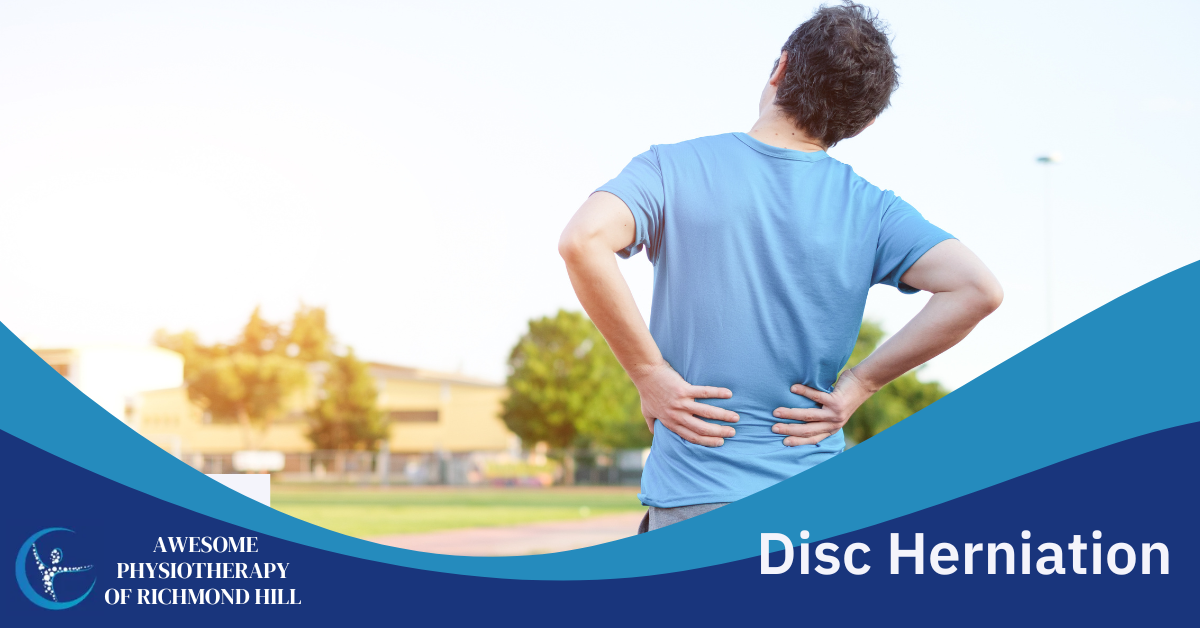
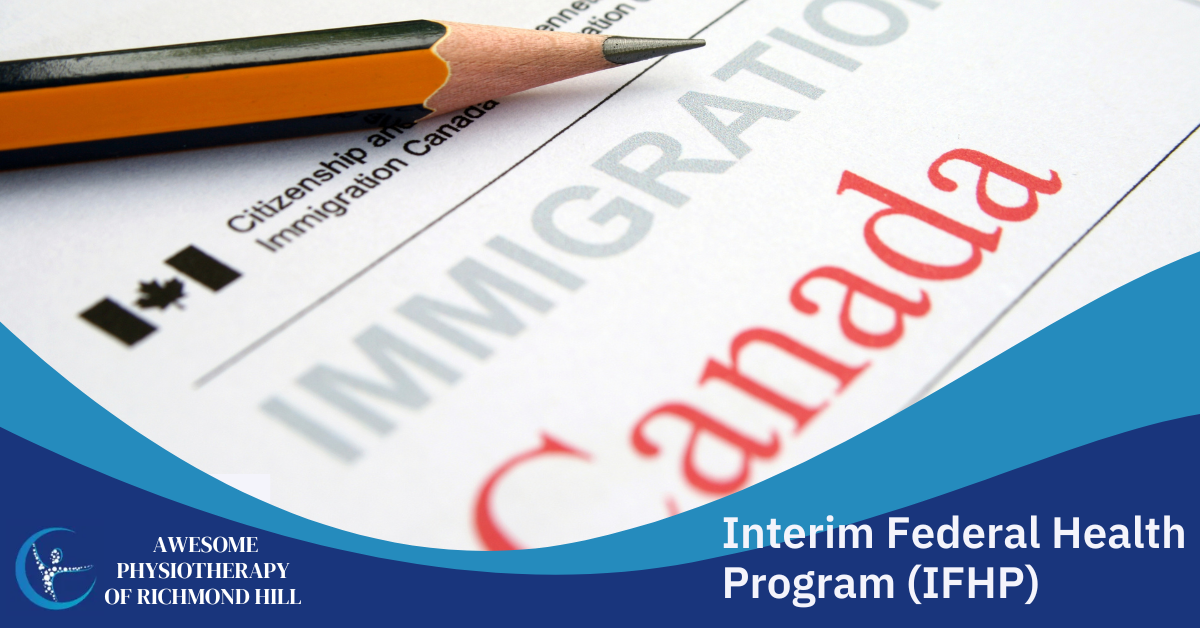
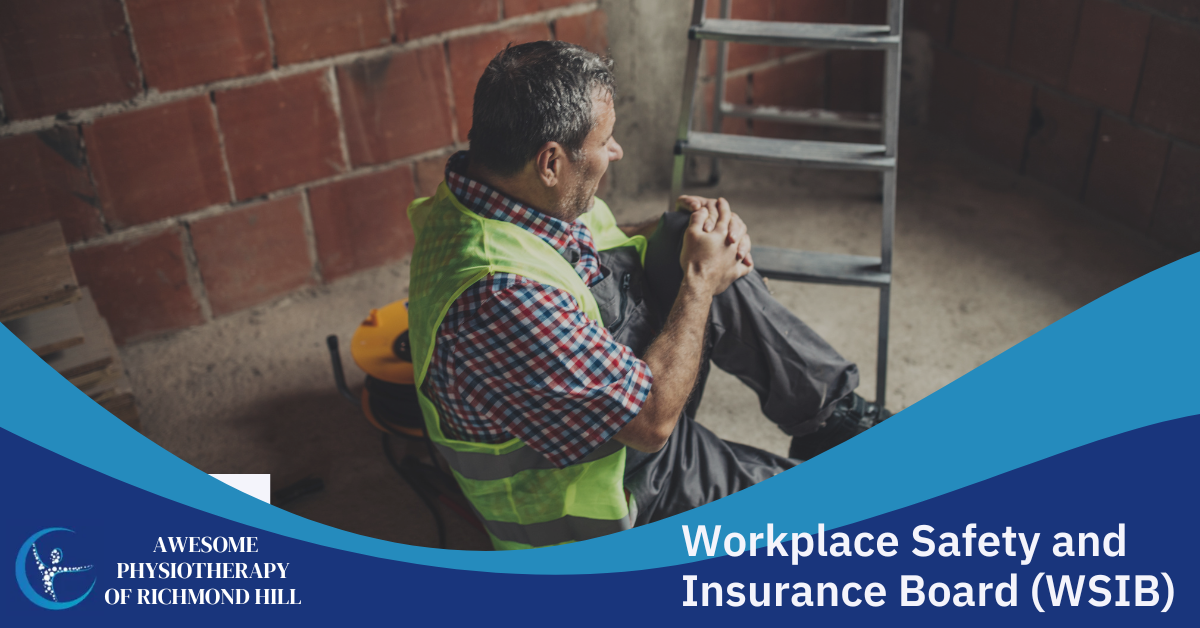

Natural Back Pain Treatment in Richmond Hill
Get drug-free and non-invasive back pain relief in Richmond Hill, Ontario.
Tips, Tricks and Insights for a Healthier Body



How Physiotherapy Can Help You Recover Faster: A Guide to Physiotherapy Centers In Richmond Hill, ON
Our Services
Quick Links
Contact Us
(905) 883-4081
10350 Yonge St Suite 300, Richmond Hill, ON L4C 5K9
Call (905) 883-4081. Email pnphysio@bellnet.ca with any questions you may have regarding this website, or anything associated with it.
All Rights Reserved | Awesome Physiotherapy Of Richmond Hill

